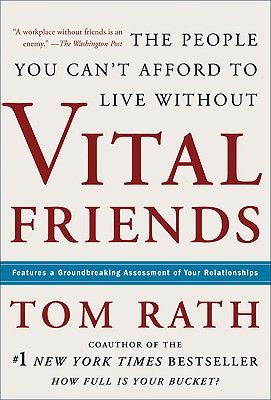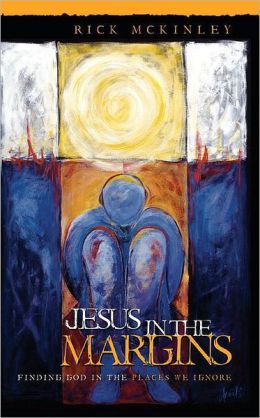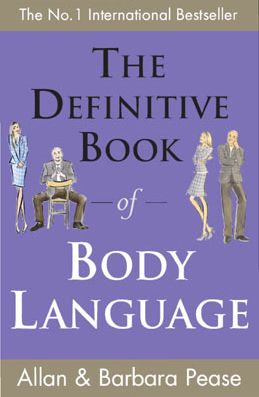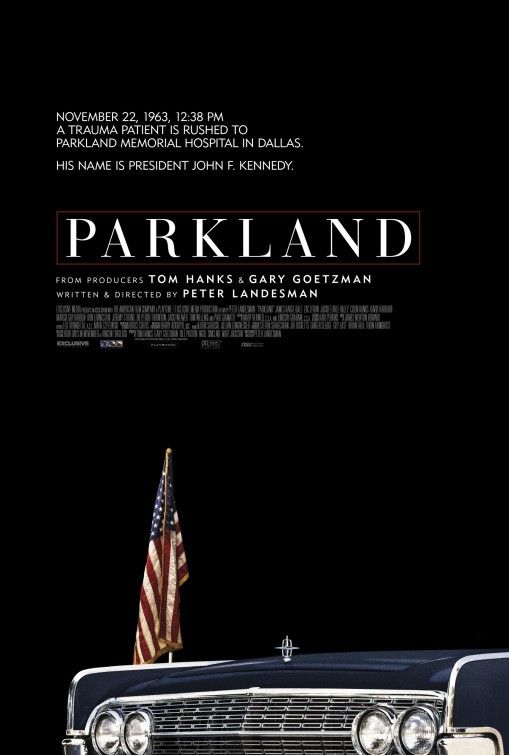Saturday, February 21, 2004
"Forty percent of Filipinos read a comic every day, and only 500,000 [less than one percent] read a newspaper." (From a communications professor at the University of the Philippines)As a literary contraption its a most effective tool in establishing or challenging paradigms. Especially since paradigms usually move from the "bottom-up" in a grass-roots way, we should always be conscious of the power of storytelling in the minds of the masses. Like filmmakers, comic creators traipse between the best of both worlds. Imagine having at your disposal the ability to combine the explosive power of storytelling and visual arts to create a mighty weapon that can influence people's lives upon impact. For this reason comic creators, like all storytellers, should be responsible to their audience by knowing what they're writing and why. While some stories are told for the purposes of entertainment, others should be told not for its own sake but to get a message across. Such is the responsibility of the comic creator and therein lies the heart and immortality of all well loved stories.
In the Philippines, just as in other countries with pronounced language differences between regions or ethnic groups, comics form one medium of communication that can boast of reaching every population group. The comics literature over half a century has reflected the changing position, tastes, and worldview of the Filipino masses. Today, the comic is unquestionably the most influential mass medium among the semi-literate Filipinos. (From "Komiks: The Filipino national literature" by Marcelo in Asian Culture magazine, 1980)
Comics are one of the most popular print media [in the Philippines] together with newspapers which tend to be used between 1 to 15 times a month. Exposure to comics is higher among younger persons and to a lesser extent, among never-married respondents, persons with higher education, and respondents who lived in houses judged to be in good state of repair. More affluent persons tend to devote slightly more time to reading of books and comics than do the less affluent. But reading assorted kinds of comic books does not differ substantially by socioeconomic status. However, the higher the level of education, the lower the preference for comics, as the best reading materials for entertainment. (From a study on Filipino reading habits by Institute of Philippine Culture, 1980)
Recommended reading: The Power of Art In Society by Deborah Dague-Barr.

 @ 11:43 AM --->
@ 11:43 AM ---> 














